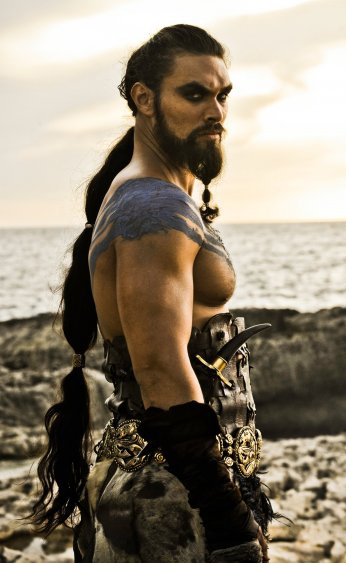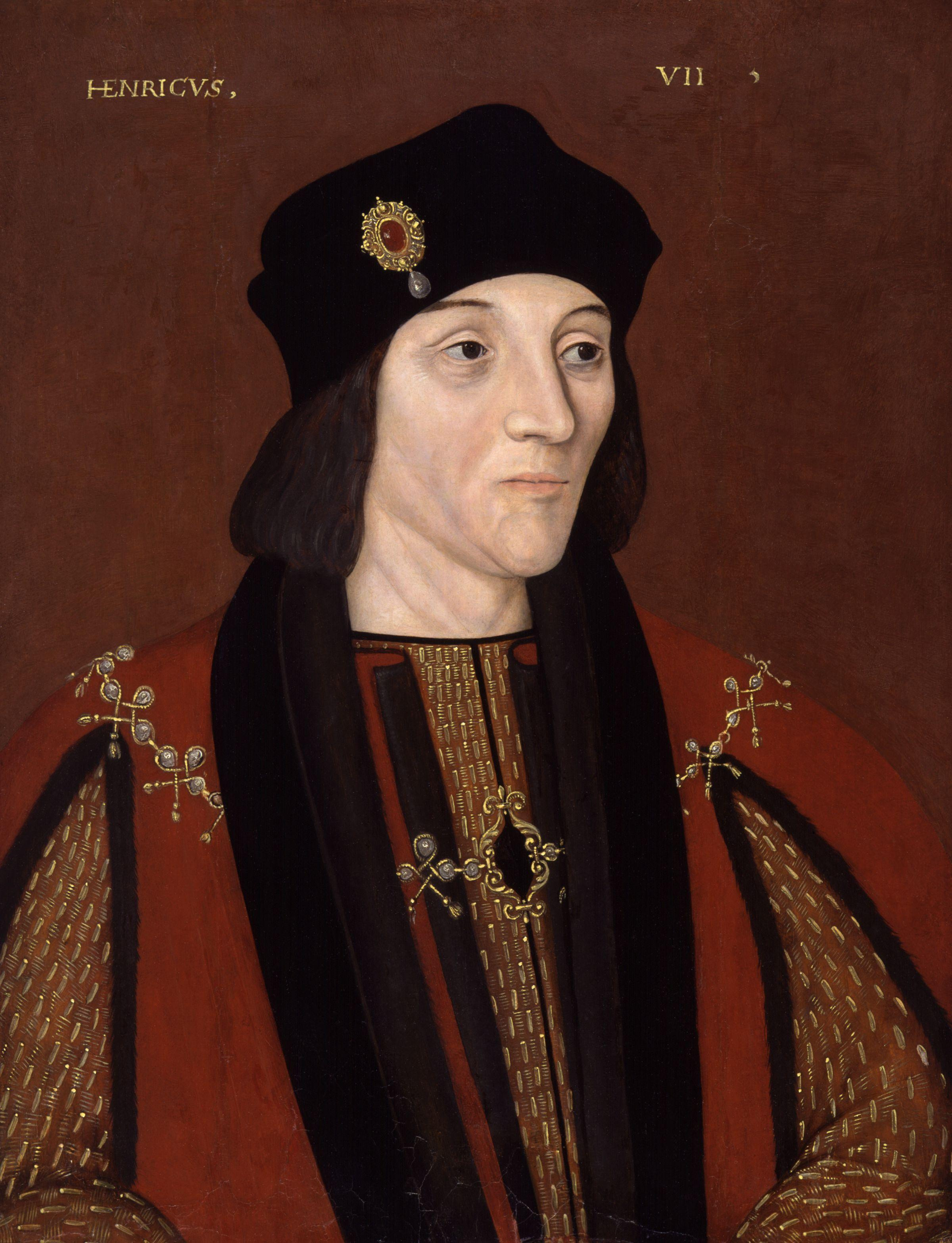By no means do I think A Song of Ice and Fire is merely a fantastical retelling of historical events, but it's difficult not to notice little tips of the hat to figures and events in history which inspire and influence some of the characters in the series.

 At first glance, Daenerys Targaryen and Henry Tudor couldn't be any less alike. Daenerys is a beautiful young woman - quite literally the Mother of Dragons - whereas Henry Tudor is a shrewd and ambitious young man who whole-heartedly believes in his claim to the throne. That's where their similarities begin. Henry believed the English throne was his birthright - his mother was a descendent of Edward III, while his father's half-brother was Henry VI - while Daenerys was told similar things about Westeros by her brother, Viserys, thus instilling in her the adamant belief that the Iron Throne is rightfully hers.
At first glance, Daenerys Targaryen and Henry Tudor couldn't be any less alike. Daenerys is a beautiful young woman - quite literally the Mother of Dragons - whereas Henry Tudor is a shrewd and ambitious young man who whole-heartedly believes in his claim to the throne. That's where their similarities begin. Henry believed the English throne was his birthright - his mother was a descendent of Edward III, while his father's half-brother was Henry VI - while Daenerys was told similar things about Westeros by her brother, Viserys, thus instilling in her the adamant belief that the Iron Throne is rightfully hers.Both Daenerys and Henry grew up across the water, waiting patiently until they could build up an army to travel across the seas and take what they believe to be theirs.
 |
| Pembroke Castle |
 |
| Elizabeth of York |
 He stayed mostly in Brittany for the next 14 years until he decided the time was right to take the throne from the increasingly unpopular Richard III. Henry pledged to marry Edward IV's eldest daughter Elizabeth (you can read more about Henry and Elizabeth's relationship here!). His betrothal to Elizabeth was important as, with the supposed deaths of her brothers, she was the heir to the throne should her childless uncle die. Daenerys is also certainly no stranger to marriage for the sake of conquest, and much like Henry and Elizabeth's relationship, her relationship with Khal Drogo was genuine affection which blossomed within an arranged marriage.
He stayed mostly in Brittany for the next 14 years until he decided the time was right to take the throne from the increasingly unpopular Richard III. Henry pledged to marry Edward IV's eldest daughter Elizabeth (you can read more about Henry and Elizabeth's relationship here!). His betrothal to Elizabeth was important as, with the supposed deaths of her brothers, she was the heir to the throne should her childless uncle die. Daenerys is also certainly no stranger to marriage for the sake of conquest, and much like Henry and Elizabeth's relationship, her relationship with Khal Drogo was genuine affection which blossomed within an arranged marriage.  |
| Catherine of Valois |
Henry was no fool. He knew exactly how important Welsh support would be if he was to take the throne from Richard, and so when he met Richard on the battlefield he brandished the Welsh flag on his standard. We're pretty much all familiar with the Targaryen sigil, right? Unsurprisingly, their sigil is a dragon. How many of you outside of the UK are familiar with the Welsh flag?
 |
| The Welsh flag |
Yep. Turns out Henry had a dragon on his flag, too.
I think we can all agree that Daenerys and Henry are not at all replicas of one another, but I think there are certainly enough similarities there to show the historical influences on Martin's epic series.
What do you think? Are there any other characters you think have links to certain figures from history?





